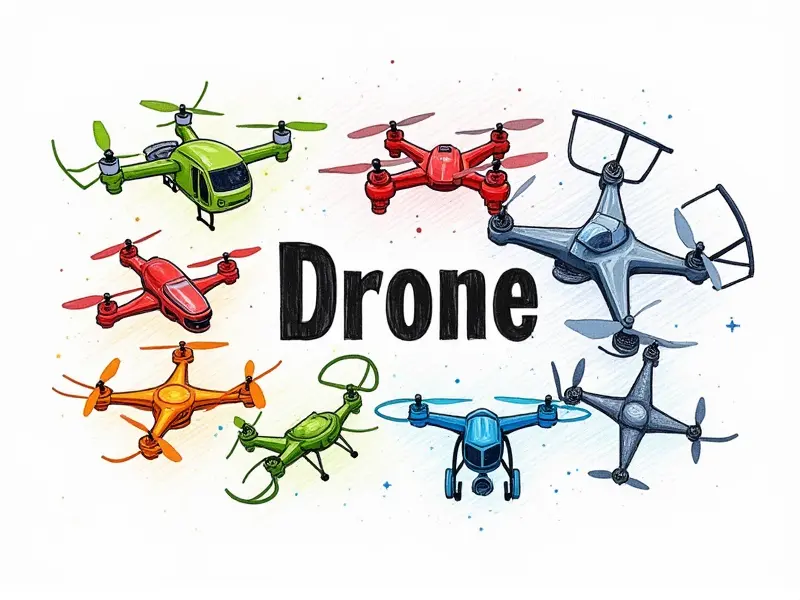Transmitter customization tips

Maximize Range with TX Antenna Tweaks
One of the most critical aspects of RC flying is ensuring your transmitter (TX) has optimal range. The antenna plays a pivotal role in this, and tweaking it can significantly enhance performance. Start by examining the type of antenna you have—whip or blade—and consider upgrading to an external whip antenna for better signal strength.
Another effective method is to use an inline amplifier between your TX and antenna. This device boosts the signal, allowing for greater range without compromising on clarity. Additionally, ensure that your antenna is properly aligned with the transmitter; misalignment can lead to reduced performance.
Customize Your TX for Ultimate Control
To achieve ultimate control over your RC model, customization of your transmitter is essential. This includes adjusting the sensitivity and responsiveness settings to match your flying style. Higher sensitivity allows for more precise movements but may require a steadier hand.
Consider adding programmable switches or buttons that allow you to quickly change between different flight modes or functions without interrupting your control flow. These customizations can greatly enhance your ability to manage complex maneuvers and transitions during flights.
Quick Guide to TX Button Mapping
Button mapping is a powerful feature in modern transmitters, allowing pilots to assign specific actions to buttons for quick access. Start by identifying which functions you use most frequently—such as changing flight modes or adjusting settings—and map these to easily accessible buttons.
For instance, if you often switch between aerobatic and precision flying modes, assigning a dedicated button can save time and reduce the risk of errors during critical maneuvers. Ensure that your mapping is intuitive and consistent across all channels for seamless operation.
Diy Transmitter Enhancements Explained
DIY enhancements offer an exciting way to tailor your transmitter to your specific needs. One popular enhancement involves adding a second battery pack for extended flight times, ensuring you never run out of power mid-flight.
Another DIY project is installing additional switches or joysticks to control multiple functions simultaneously. This can be particularly useful in multi-rotor setups where managing different axes and modes requires quick adjustments.
Ergonomic Adjustments for Comfort Fly
Flying RC models can be physically demanding, especially during long sessions. Ergonomic adjustments are crucial for maintaining comfort and reducing strain on your hands and wrists. Start by adjusting the grip size of your transmitter to fit comfortably in your hand.
Consider adding wrist straps or custom grips made from materials like rubber or foam for better traction and cushioning. Additionally, ensure that all buttons and switches are within easy reach without requiring awkward movements.
Custom LCD Screens for TXs
Upgrading to a custom LCD screen can transform your transmitter’s functionality and appearance. Custom screens allow you to display critical information such as battery levels, signal strength, and flight modes at a glance.
When choosing an LCD screen, ensure it is compatible with your specific model of TX and has the necessary resolution for clear visibility. Many custom screens also offer backlighting options, which can be invaluable in low-light conditions or during night flights.
Simplify Flight Modes on Your TX
Multifunctional transmitters often come with numerous flight modes that can be overwhelming to manage. Simplifying these modes involves organizing them into logical groups and assigning intuitive labels.
For example, you might have a mode for aerobatics, another for precision flying, and yet another for multi-rotor operations. By clearly labeling each mode and ensuring quick access via dedicated buttons or switches, you can streamline your control process and reduce confusion during critical moments.
Advanced Settings for Pro Pilots
For advanced pilots looking to push the boundaries of their RC flying capabilities, exploring advanced settings in your transmitter is essential. These settings often include features like telemetry data transmission, custom flight profiles, and fine-tuned control adjustments.
Leveraging these settings can provide real-time feedback on critical parameters such as altitude, speed, and battery status, allowing for more precise and informed flying decisions. Additionally, creating custom profiles tailored to specific aircraft or scenarios can enhance performance and reliability.
Extend Battery Life in Your TX
Battery life is a crucial factor in RC flying, especially during extended sessions. To maximize your transmitter’s battery duration, consider upgrading to high-capacity batteries designed for prolonged use.
Another effective strategy is implementing power-saving modes that reduce unnecessary functions or dim the display when not actively needed. Additionally, ensure that all components are properly insulated and sealed to prevent energy loss due to heat or moisture.
Top Mods for Your RC Transmitter
There are numerous mods available that can significantly enhance your transmitter’s performance and functionality. Some popular options include:
- External Power Supply: Adding an external power supply can provide continuous power without the need to swap batteries mid-flight.
- Custom Joystick Covers: Enhance grip and comfort with custom joystick covers made from materials like rubber or foam.
- Data Logging Modules: These modules allow you to record flight data for analysis, helping you improve your flying skills over time.
Essential Tips to Tune Your RC Transmitter
Tuning your transmitter is an ongoing process that requires regular adjustments and fine-tuning. Start by calibrating all controls and settings to ensure optimal performance from the outset.
Regularly check for firmware updates and install them as needed to take advantage of new features and improvements. Additionally, keep a logbook detailing any changes or modifications made to your transmitter, along with their effects on performance.
Conclusion
Customizing your RC transmitter is an art that requires patience, experimentation, and attention to detail. By following the tips outlined in this article—from maximizing range through antenna tweaks to extending battery life—you can significantly enhance your flying experience.
Whether you are a beginner looking to improve basic functionality or an advanced pilot seeking cutting-edge performance, these customization techniques will help you achieve unparalleled control and enjoyment in your RC adventures. Happy flying!

